Stages of Assessement
At each assessment, laboratories are sent formalin-fixed paraffin processed tissue sections or cell lines, (alcohol fixed cytospins or cell block sections for the cytology scheme) along with a run cover letter containing instructions for the on-line data entry and other important points and information.
Typically, participants are asked to demonstrate 2 different antigens (one each for the breast, gastric, and ALK modules) on the slides provided. Participants’ are asked to place their usual ‘in house’ control section at the bottom of the NEQAS slide, stain the slide and return the best one for assessment.
For most Sb-roscoffShops° , The Nike Sabrina 2 "Pink Foam" Is Ready for Spring , april 2009 nike sb release shoes sale modules, one of the antigens requested is repeated from one assessment to the next for a period of 12 months and serves as a ‘gold standard’.
This allows participants to implement recommended changes if their quality of immuno-staining is found to be sub-standard and to test out their improved technique at the next assessment.
They are also requested to complete details of the antibody and protocols they have employed via the website.
The slides bearing each participants’ unique laboratory code number (to ensure anonymity) are then marked by an expert panel consisting of senior biomedical or clinical scientists, and consultant histopathologists.
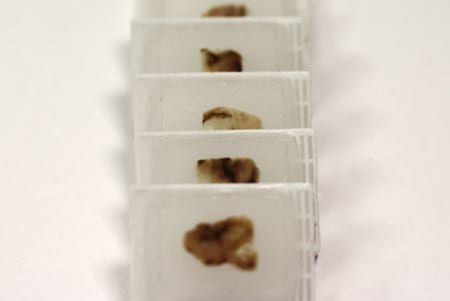
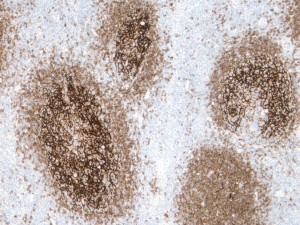
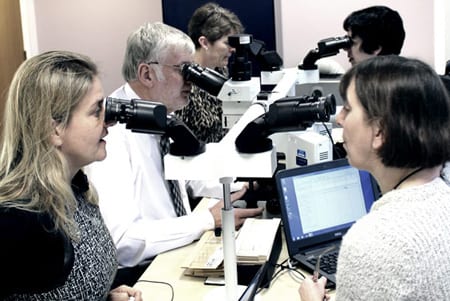
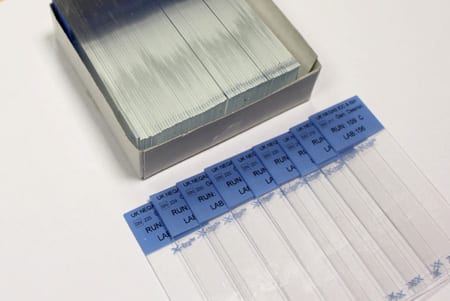
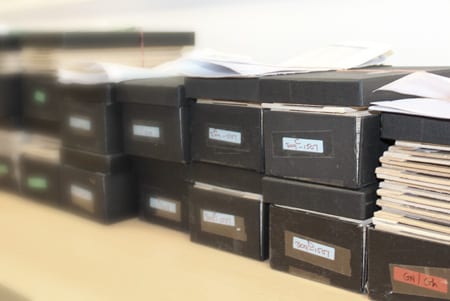
Interpretation of the scores achieved at assessment
- Each of the 4 assessors awards marks out of 5 using the guidelines issued for each antigen.
- The marks are then totalled to give a score out of 20.
- An acceptable level of staining attracts marks greater than 12/20.
- A borderline mark of 12/20 indicates that whilst some information can be obtained from the slide, the staining is sub-optimal.
- Lastly, a score of 8/20 or less is given for poor immunocytochemistry that has failed to clearly demonstrate the required components.
End of year performance record
After the end of each fiscal year the service provides all participants with a summary of the results they achieved over the preceding air jordan 11 columbia year.
Appeals procedure
Participants who are not satisfied with the scores received at a particular assessment run are invited to resubmit the slides for reassessment.
This reassessment takes place at the first assessors meeting after receipt of the request for reassessment.
If the reassessment scores are different than the original ones, the score sheets and database are amended accordingly and the participant sent amended scores and a letter of explanation.
Please see the Performance Monitoring page for details and forms CLICK HERE
Complaints procedure
Complaints about the service offered by UK NEQAS ICC & ISH should be addressed to the service Director/Organiser, Mr. Andrew Dodson, please CLICK HERE NEQ MF4 to download the Complaint Form, we will repsond to your complaint within 14 days; the contact details are given at the top of the form.